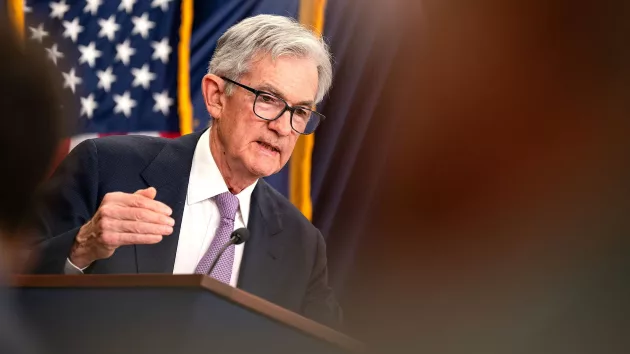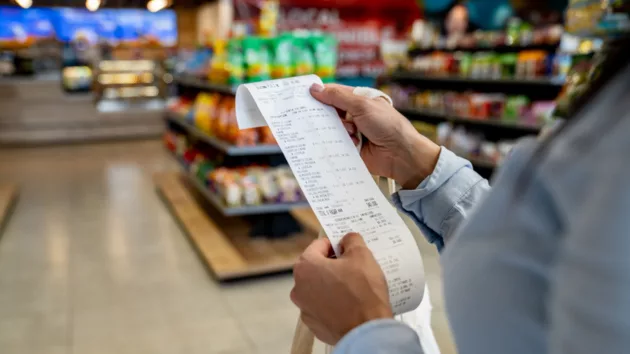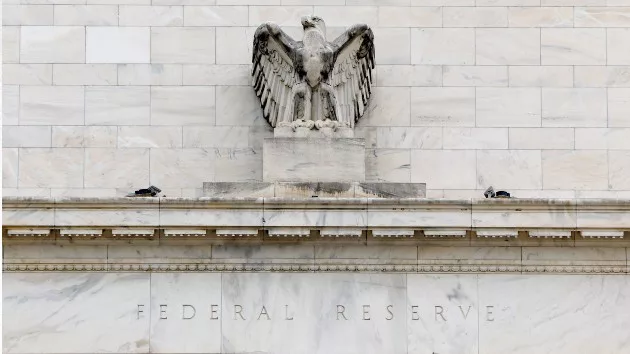
(NEW YORK) — A major set of changes to the rules for retirement finances took effect this year, but many people may not have noticed. The rules were buried within a 4,000-page long, $1.7 trillion spending measure signed by President Joe Biden in December.
The batch of changes, called Secure Act 2.0, affords people greater flexibility in how and when they withdraw from their retirement accounts. The act also creates the first government-backed database for identifying lost retirement benefits, for instance when a person moves to a new job.
The rules aim to ease retirement finances at a time when most Americans are struggling to set aside a nest egg for their twilight years. Roughly 55% of people say they have fallen behind on their retirement savings, a Bankrate survey found in November.
“There’s a crisis out there — people haven’t saved enough for retirement,” Dan White, an author and founder of the financial advisory firm Daniel A. White & Associates, told ABC News.
“This is a big deal,” he added. “It’s trying to get people incentivized to put away enough money.”
Here’s what you need to know about Secure Act 2.0, the new retirement law:
What is the new retirement law Secure Act 2.0?
As its name suggests, Secure Act 2.0 is not the first of its kind.
The measure builds upon a previous version of the Secure Act — which stands for Setting Every Community Up for Retirement Enhancement — enacted at the outset of 2020.
Like the initial law, Secure 2.0 eases some of the restrictions placed on retirement accounts, but the changes carry some caveats and exceptions that will add complexity as people adapt to the new rules, White said.
“Overall, the Secure Act is very friendly for helping people with retirement,” he said. “At the same time, the government makes everything so stinking complicated.”
Why are the key changes in Secure 2.0 around retirement saving?
Key changes in Secure 2.0 center on the relaxing of restrictions on retirement accounts, such as 401(k) and Roth IRA accounts. For such retirement accounts, individuals must begin pulling out money at a minimum age, even if they’d prefer to leave the accounts untouched.
Secure Act 2.0 raises that minimum age of distribution from 72 to 73 years old, allowing older Americans to push back the time when payouts begin if the individuals have alternative sources of income or frugal spending habits, White said.
Further, the new rules alleviate the penalties for individuals who miss a required minimum distribution from their retirement accounts.
For instance, if a retiree was supposed to take out $10,000 by the end of 2022 but instead took out only $5,000, then under the previous rules he or she paid a 50% penalty for the remaining $5,000. Under Secure 2.0, that penalty has been cut to 25%.
In addition to easing the penalties for those who access a retirement account too late, Secure Act 2.0 softens the blow for some who take out money too early.
Federal law imposes a 10% penalty on any money pulled from a retirement account before age 59.5, but the new rules expand exceptions that allow some individuals to evade such penalties. For example, if a person suffers financial losses due to a natural disaster or contracts a terminal illness, he or she can access retirement accounts early without penalty, White said.
How does Secure 2.0 change how younger Americans put money into retirement accounts?
Besides adding flexibility for withdrawals from retirement accounts, Secure Act 2.0 changes the way the accounts operate in the first place, potentially setting up younger Americans for improved savings down the line, Joel Dickson, the head of enterprise advice methodology at Vanguard, who has closely followed Secure 2.0, told ABC News.
First off, the new rules will take the onus off of workers to initiate new retirement accounts, instead enrolling them automatically when they start a job. Also, Secure Act 2.0 allows retirement accounts to automatically travel with workers when they move from one job to the next, Dickson said.
Plus, the law creates a database for finding lost retirement benefits, helping workers keep track of and collect savings generated at a given employer or over a particular period of time that they may have otherwise overlooked.
“There’s a lot that gets lost in the system today in many ways when people change employers,” Dickson said.
The new rules “make it a little easier for people to know where those resources are and keep track of them over time,” he added.
When do the changes in Secure 2.0 go into effect?
Many of the provisions in the new measure go into effect at different times, leaving the availability of any given offering murky at first glance, Dickson said. People should seek help from an advisor if they’re trying to take advantage of a given rule change on a specific timeline, he added.
Some of the important provisions have already taken effect, including the rule that pushes back the age of an initial required minimum distribution from 72 to 73. The provision that mandates automatic enrollment for all new retirement accounts, like 401(k)s and Roth IRAs, will take effect next year.
“Although Secure 2.0 may be a lot of different individual changes and measures, the broad theme is increasing flexibility and access for people to be able to meet their retirement savings goals,” Dickson said.
Copyright © 2023, ABC Audio. All rights reserved.








